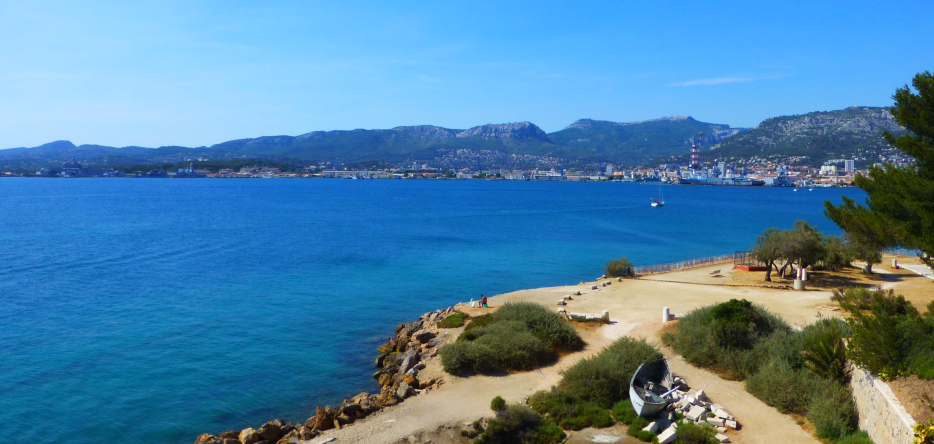1789
1st April 1789 – Napoleon Bonaparte, with a detachment of a hundred men, suppressed a popular riot in Seurre , Burgundy, caused by the famine following the poor harvests of 1788.
19 July 1789 – Yet another riot suppression, in Auxonne , following the announcement of the storming of the Bastille (July 14, in Paris).
21 August 1789 – He was again granted leave for six months.
9 September 1789 – Napoleon Bonaparte left Auxonne to Corsica.
31 October 1789 – During a political meeting at Ajaccio , he drew up a letter to the Assemblée Nationale Constituante (French National Assembly) that he got signed by his assistants.
26 December 1789 – He was denounced as a troublemaker to the Minister for War by Hubert Casimir Rousseau de la Férandière, the commanding officer of Ajaccio.
1790
16 April 1790 – Request for extension of leave for health reasons.
17 July 1790 – Napoleon Bonaparte and his brother Joseph met Pasquale Paoli in Bastia, Corsica.

1791
31 January 1791 – Napoleon Bonaparte joined his regiment at Auxonne .
1st June 1791 – He was promoted as lieutenant and transferred to the 4th artillery regiment, at Valence, a town upon the Rhône river, southern France.
16 June 1791 – Arrival at Valence.
30 September 1791 – Fresh leave.
1792
1st January 1792 – The name of Napoleon Bonaparte was included in the list of officers absent from their corps.
14 January 1792 – He was appointed as Warrant Officer-Major of a battalion of the National Guard of Ajaccio.
1st April 1792 – Napoleon Bonaparte became second lieutenant-colonel of the same battalion.
8 to 11 April 1792 – Active participation in fights at Ajaccio.
28 May 1792 – Napoleon went to Paris to defend himself against the accusation of having been one of the initiators of trouble in Ajaccio.
10 July 1792 – He was reincoporated into the army, with a captain's rank.
10 August 1792 – In Paris, Napoleon witnessed the Assault on the Tuileries Palace and the departure of King Louis XVI.
10 October 1792 – He returned to Ajaccio, with orders to resume his command in Corsica.
1793
03 May 1793 – Napoleon Bonaparte, victim two months before of a murder attempt, had to leave Ajaccio.
23 May 1793 – The Casa Buonaparte was ransacked by supporters of Pascal Paoli.
27 May 1793 – Paoli, back from exile, got the Bonaparte family, which had opposed him, banished from Corsica.
10 June 1793 – Napoleon Bonaparte and his family left Calvi , Corsica.
13 June 1793 – They landed in Toulon, Provence.
26 June 1793 – Napoleon joined his regiment at Nice , French Riviera.
25 July 1793 – Napoleon was sent to Avignon to dislodge the federalists from Marseilles. He seized Villeneuve and himself directed the cannons bombarding Avignon, the city of the Popes.
28 July 1793 – He entered Avignon.
16 September 1793 – The representatives on mission Antoine Christophe Saliceti and Thomas-Augustin de Gasparin sent him to take command of the artillery in front of Toulon.
28 October 1793 – Promotion of Napoleon Bonaparte to the rank of battalion commander.
6 December 1793 – General Dugommier,
who was the commanding officer in front of Toulon, sent to the Convention a letter in praise of citizen Buona Parte
.
17 December 1793 – Napoleon Bonaparte was injured by a bayonet during the assault of fort Mulgrave, but kept on fighting, with the help from Captains Jean-Baptiste Muiron and Auguste-Frédéric-Louis Viesse de Marmont.
19 December 1793 – He entered Toulon at seven o'clock in the morning, while the Allied squadrons evacuated the harbor.

22 December 1793 – New promotion, to the rank of Brigade General.
26 December 1793 – The defence of Marseilles and the Provence coast was bequeathed to him.